The answer seems quite obvious, but after due consideration you’ll realize the question is a little more complex than that.
A faster shell will certainly require less time to reach the target, and that’s a fact, but is this really the most important thing in clay pigeon shooting?
Perhaps not.
Even with an extremely fast clay shooting shell the shooter will still have to see the right lead to hit the clay. You’ll need less lead than with a slower shell, but the shooter’s skill and experience are still essential ingredients for success.
What’s more, high velocity means more energy, regardless of the load used, so the shotgun will kick more and be harder to control.
And that’s not all!
There are many other factors to take into account, and a few myths to bust.
The real advantages of a fast clay shooting shell
Until recently, most clay shooting shells all had a standardized V1 velocity of 390 / 395 m/s.
This velocity has been confirmed by many years of tests at the platform and use in tournaments, and guarantees both optimal spread density in relation to the target and the range at which the shots are taken.
It’s a velocity considered sufficient to give the pellets enough clay-breaking power when they hit the target, and above all reduce recoil and muzzle rise to a perfectly tolerable level even for shooters more sensitive to these passive side-effects of shooting.
Just to clarify, we’re not saying you shouldn’t use high velocity shells.
Shells that were much faster than the above standard clay pigeon shooting shells began to appear on the market about ten years ago. They’re called HV (High Velocity) and they’re still available today, as some shooters prefer higher velocities to those dictated by classic convention.
The initial velocity of these shells at 1 meter is 415 / 435 m/s depending on the load (28 / 24 g) and they can be a considerable help, simplifying aiming and leading the target, while giving every single pellet more energy, especially for your first barrel.

Furthermore, a fast clay shooting shell has some undeniable advantages for the shooter at the platform, otherwise ammo makers wouldn’t continue to raise the bar in technical terms to obtain such extreme velocities like the current 435 m/s (for 24-gram loads).
So what are these advantages?
Less lead and it’s easier to lock onto the target
Let’s start with the first and perhaps more intuitive thing. The spread produced by a very fast shell reaches the clay sooner. This means you need to see less lead on the target’s trajectory, simplifying collimation on targets launched at less of an angle.
This is very important because, as is only natural, all shooters will tend to first line the gun up with the clay and then estimate the lead by swinging through it and instinctively judging how much lead to give the shot on the moving target.
Reducing the distance between the targeted point and the position of the clay means a significant advantage also because it simplifies the aiming movement and reduces the chance of error as the angles are less extreme.
It’s a considerable advantage, because even if you’re not aiming exactly where the clay is, your line of sight will be much closer to it.
Optimal ballistic performance in all conditions
The weather affects shell performance, that of both hunting and clay shooting shells.
Clay shooting shells are also affected by bad weather conditions. This is because temperature and humidity always reduce shot velocity considerably, and therefore also the energy of the same and their clay-breaking power at the target.
In this case, high velocity clay shooting shells intrinsically have a greater energy reserve than slower shells, so they’re less affected by even the worst weather conditions.
For example, an extreme clay shooting shell that loses a bit of its energy due to the weather, will still propel the shot at the same speed as a normal, standard velocity shell.
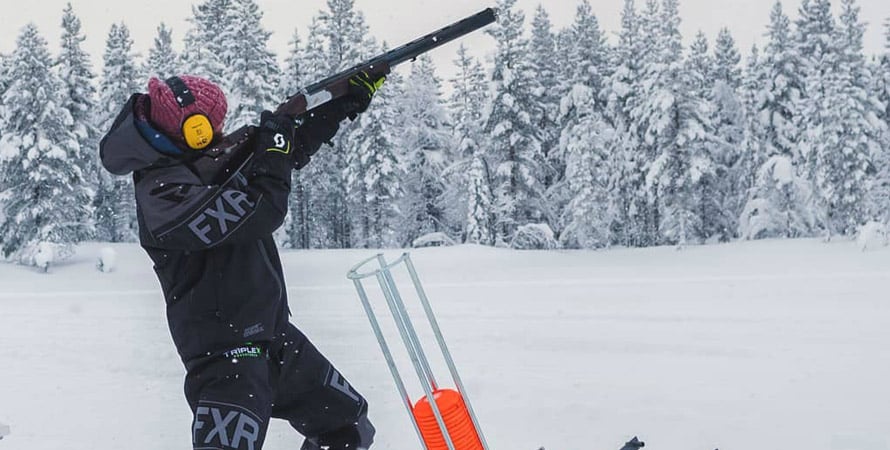
On the other hand, a slower shell that produces sufficient velocity / energy in standard conditions, can lose a lot of its clay-breaking performance.
This means that, as mentioned above, it’s much harder to see the right lead as it will be further away from the clay when using a normal shell, and pointing the gun at a point that’s a long way away from the target can be difficult and anything but intuitive for any shooter, even the best.
A lower velocity also means shot with less residual energy and this brings us to the main advantage of high velocity clay shooting shells.
More clay-breaking power
Regardless of the weather conditions, shot travelling at a higher velocity also means a significant increase in the force of its impact at the target.
It’s certainly easier for shot travelling at high speeds to break clays and this can really make the difference on more difficult launches, or on clays that are just winged by just two or three pellets.

Clay pigeon shooting rules are clear. If a clay doesn’t show obvious signs of being broken or produce the famous "dusted" effect, you score 0. Whether you’re sure you hit it (squarely or winged) doesn’t matter.
Shot travelling very fast can, unlike shot that’s travelling slower, break the clay even if it isn’t hit squarely by the central part of the spread.
To break a clay that hasn’t been hit squarely and was just hit by the outer part of the spread, the few pellets that hit it must do so producing a great impact. Paradoxically, the outer pellets of the spread however have a lower velocity / less energy than those in the middle.
Increasing the initial energy increases the residual energy of the outer pellets too, therefore making the whole of the spread perfectly effective against the target, even if you just wing it.
As we can’t change the pellet load or size much, increasing the residual velocity of the pellets remains one of the most important parameters for successful clay breaking.
The disadvantages of a fast clay shooting shell
If you were just about to Google “high velocity clay shooting shells", hold onto your horses!
Because first you might want to filter your search for the best shell by considering also the negative side of high velocity.
This way, you’ll be able to search for your ideal shell, one that’s perfect for dusting more clays.
More recoil and less control of your shotgun
The first and most significant disadvantage of high velocity is without a doubt the greater recoil and muzzle rise of your gun. The effect of this stress on the shooter’s shoulder / face will delay a second shot.
No one is perfect, and even the best shooters can miss a clay. In most clay pigeon disciplines in fact you take a second shot, and in this case using extreme shells can turn into a real handicap.
After having shot a fast shell, your gun will move more, you’ll lose your line of sight for a fraction of a second and have to realign it with the clay you're tracking.
The closer you keep tracking the clay after your first shot, the greater the chance of dusting the clay with your second. In this case, a standard shell in your first barrel won’t make you lose track excessively of your target, meaning you’ll gain precious fractions of a second between your first and second shot.
This is a fundamental aspect and should be carefully considered, especially in those disciplines where you have to shoot two clays one after the other as quickly as possible, like Skeet and Double Trap.
The reasoning behind this is the same, after having hit or missed (hopefully not!) your first clay, you have to track and align your gun with the second. Having a gun that doesn’t move much and lets you do this more quickly is a huge advantage, don’t you agree?
More fatigue in a long series of clays
To win a tournament you have to do more than dust one or two clays, you have to finish a series, and often to decide who’s the winner there will be thrilling duel to the finish, a real Shoot-Off.
Finally, in many tournaments you can take another shot, so you’ll be shooting a lot.
Your shotgun can easily withstand these long series of clays (it’s designed to do so), but can you do the same?
Clay pigeon shooting is tiring, very tiring. That’s why competing shooters, as well as practicing at the firing range, also pay particular attention to staying fit, with personalized training programs and diets.

So the question is, is making it even more tiring really worth it?
In fact, on the one hand high velocity shells make it "easier" to break the clay, but on the other they produce more physical force that needs to be absorbed and more recoil that has to be managed while controlling your gun, with the negative consequences we considered above.
You get a hard kick on the cheek and shoulder, and 25 or 50 hard kicks can take their toll. It’s not just tiring, it can make you lose your concentration too. In all physical sports, whether playing in a team or not, often even the best athlete can lose because they’re not as concentrated as their adversary, the adversary who’s actually less qualified to win.
It’s no mere coincidence that many manufacturers (gun makers and ammo manufacturers) go to great lengths, not only focusing on velocity, but also guaranteeing the best possible comfort for their competitive shooters. One evident example of this is the innovative Gordon Case developed by Baschieri & Pellagri for this very reason.
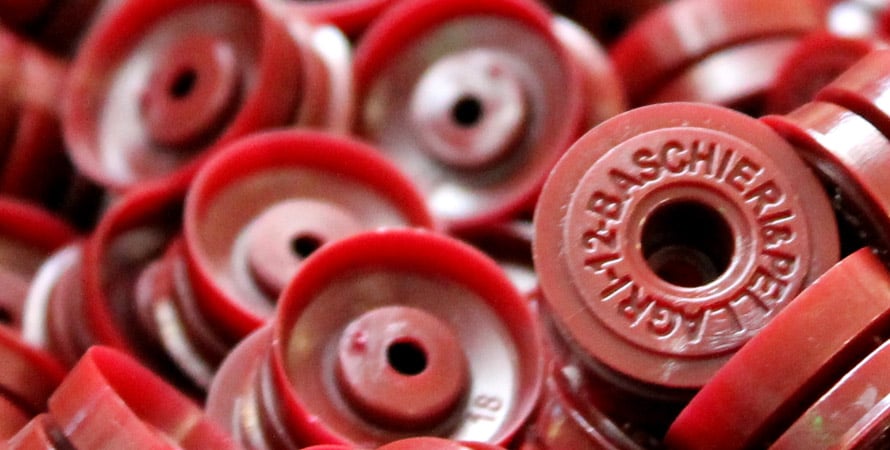
Greater pellet deformation
When a shot is fired, the pellets are subjected to forces that put the physical strength of the same to the test. Pellets that tend to be deformed or crushed by an excessive thrust don’t guarantee the compact and uniform shot patterns that are essential for clay pigeon shooting.
It’s the same as in hunting, if the clay isn’t hit by a sufficient amount of pellets travelling at a high enough speed to break it (and score) everything becomes more difficult.
At the same time though, too high velocity reached using pressures higher than normal will cause greater pellets deformation, as they tend to be squashed together and lose their roundness as the propellant in the shell explodes.
Pellets that aren’t perfectly round will produce greater dispersion in your shot pattern as their uneven shape produces irregular airflow at the front of the pellets and results in more or less marked deviations from the original trajectory, creating a wider spread while thinning the density of the pellets in it.
Due to the ballistic problems we’ve just considered, high velocity clay shooting shells have to use selected, high quality components. The pellets, that are the real clay-breakers, travelling at high speed that’s often been produced by applying notable stress to their surface area, must be selected strictly from the best.
Pellets specifically made with a selected roundness and hardness are used in these shells.
This greater roundness is obtained using checks and sieving to select only perfectly round, flaw-free pellets.
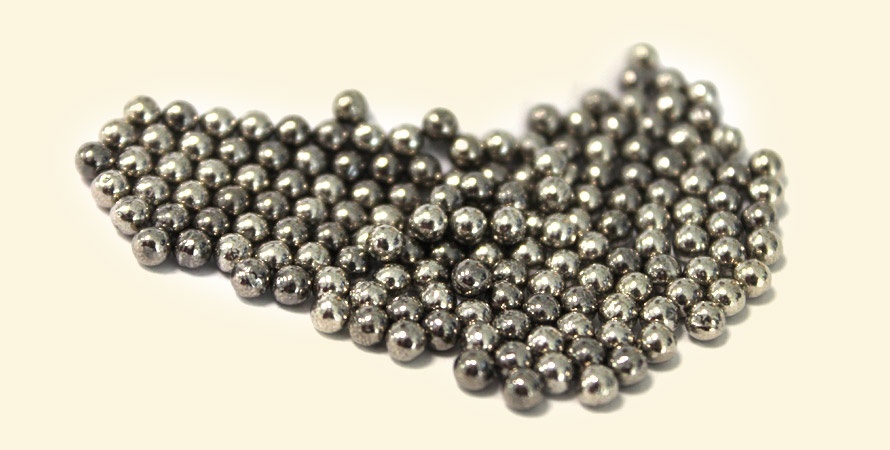
The lead alloy is hardened by adding more antimony than in pellets used for hunting shells. In fact, up to 6% antimony is added to clay shooting pellets, compared to
2-3% for hunting pellets.
As well as the effect of the antimony, the pellets are also galvanized with copper / nickel to make them smoother and increase the surface hardness.
Pellet hardness is an extremely important factor in clay shooting as it increases clay-breaking power, creating an effect quite similar to that of little hammers used to break glass.
High velocity shells, yes! But only if...
So we asked the question: "are faster clay-shooting shells really the best for clay shooting? " , and hope we’ve given you enough information for you to find an answer. But I’d like to give you my own answer too (hoping you’ll find it useful).
My answer is... in some case yes, but in others, no!
I’ll explain, because we should consider two more aspects:
-
The shooter's preference
-
The technical elements of clay shooting shells
On the first point one could write a treatise without finding a definitive answer, simply because every shooter has their own particular way to shoulder, aim and fire their gun.
HV shells are usually preferred by fast shooters who shoot their clays quickly and instinctively, taking their shot immediately as soon as they’ve acquired the target.
Slow shells are more suitable for a more pondered shooter who "takes their time" making it more of a gradual and thought-out action, aligning the rib with the target, following through and firing after they’ve "locked on" with a sure, well-placed shot.
So, the best shell obviously depends partly on the preference and shooting technique of each single shooter.
But things change, and for sure become much more objective, if we consider the technical aspects required and necessary to produce an excellent clay shooting shell that’s also quite fast.
In fact, as we’ve seen, high velocity can lead to various objective technical problems.
So the best clay shooting shells from a technical point of view, are shells that develop high velocities while reducing the related disadvantages as much as possible.
So how can we do this?
The main solutions are:
-
Selecting the hardest pellets of the best quality
-
Developing specific wads for clay shooting shells
-
Innovative solutions for reducing recoil; like the Gordon shell case.
We’ve already discussed pellets, so now we’ll take a look at the other two points.
Shooting shells wad
As a lighter load is used for clay shooting (24 / 28 g), it was evidently necessary to change and improve the structure and effect of the wads/shot cups used in these special shells; internal volumes have increased and the types of specific propellants used in this ammo have changed.
The new wads have to work in harmony with a smaller amount of powder, and require quite a longer central, crumple zone.
For optimal elastic response when the powder explodes, this special cushion is often stiffened by a cell-like structure, which lets it flex without being crushed too easily.
The above is evident in the special 27 mm. T2 wad in the following photo. The central part between the couvette and the plastic cup is divided into two layers of designed flexibility obtained by using flexible diaphragms, that are just stiff enough to do the job.
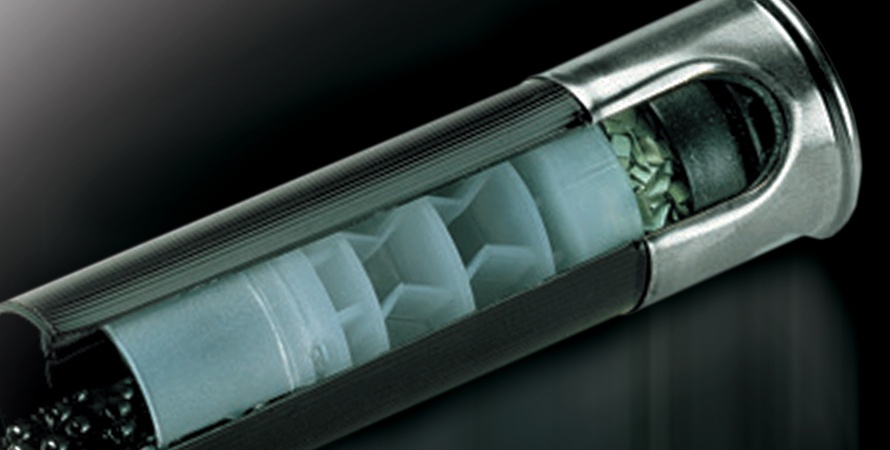
The propulsive gases produced when the powder explodes push on the wad, which acts as a seal, and transmits the thrust and acceleration to the shot in a homogeneous and gradual way, limiting the deformation and preventing too much compression in the pellet stack.
The container cup protects the pellets effectively both from friction caused by contact with the inside of the bore as they travel down the barrel, and as they go through the forcing cone and choke. It still plays its part as the shot exits the muzzle, when the tail end of the shot stack is protected from the expanding gases by the shot cup, preventing the gases from disturbing the pellets.
The B&P Gordon case
This special case has a recoil-reducing base wad. The internal base of the case in fact has a flexible, dampening structure that partially absorbs the thrust created by the propulsive gases produced when the propellant explodes.
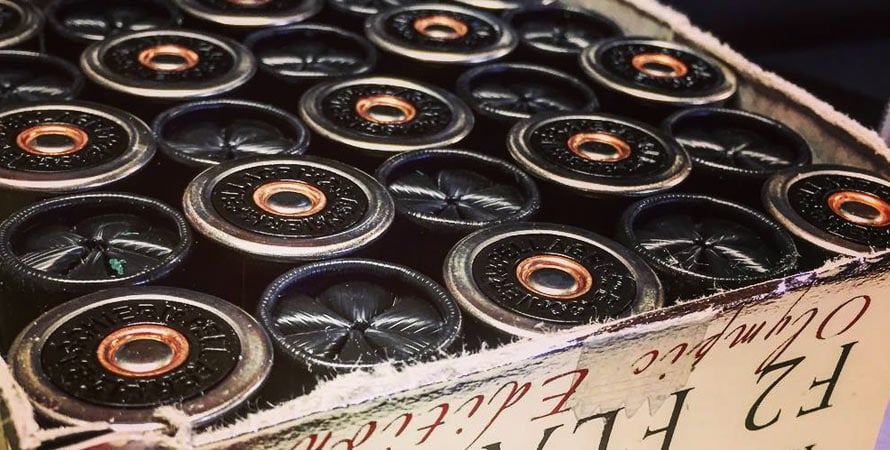
The thrust produced by the gases, which usually act only in the direction of the wad and are dampened by the cushion in the same, in the Gordon case are dampened by the passive compression of a special base wad. This reduces the dynamic load on the head and therefore also on the gun, slightly but perceptibly reducing the physiological effects of the recoil.
So, how can you choose the ideal clay shooting shell?
In the initial training phase when the shooter finds it hard to align the target and seeing the lead represent the most evident and most important problems to solve, in my opinion it’s best to use fast shells with a 24 gram load.
This will make it easier to track the target, at the same minimizing recoil thanks to the lighter load and perhaps by using the Gordon case too.
Later, after acquiring a good aiming technique and breaking even difficult clays launched at more marked angles, the use of standard velocity shells with a 28 gram pellet load will produce the maximum ballistic efficiency in terms of the density and regularity of your shot patterns, guaranteeing also a second barrel that’s highly effective even against the most difficult clays.
Last but not least, to help you, we’ve created a special checklist you can use to evaluate any kind of clay shooting shell and choose the one that best meets your needs.
Photo Credits:
www.trapshooters.com
www.instagram.com/alamosportingarms/
www.instagram.com/ja_mirage25/
www.instagram.com/triplexadventures/

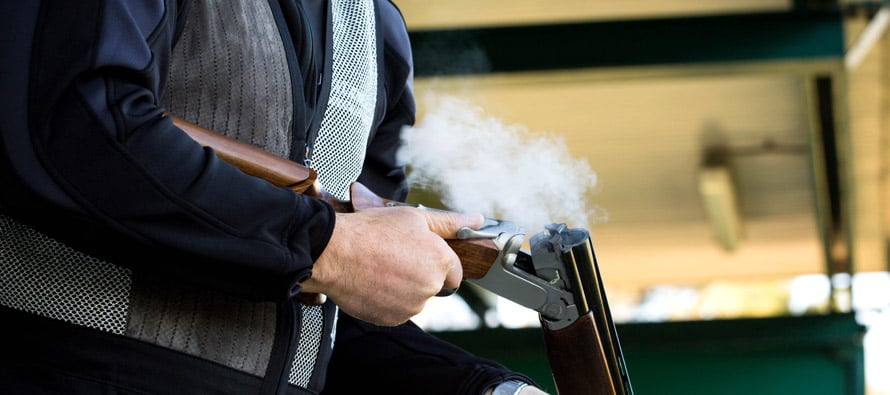


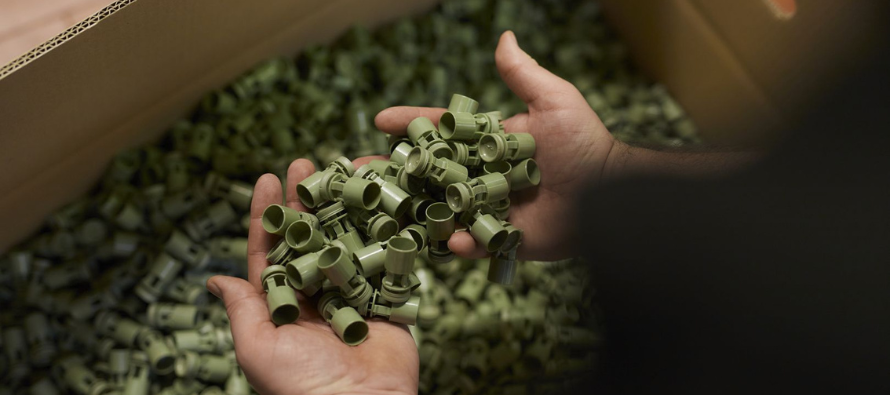

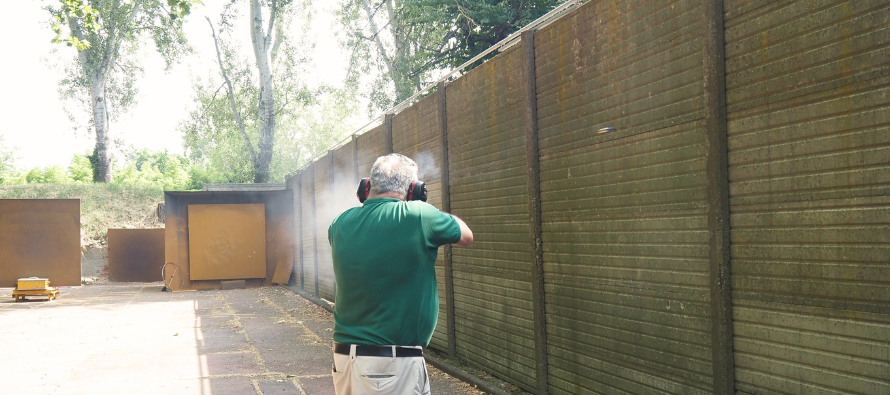
Comment this post